Trying to coordinate an epic adventure? This is everything you need to know before planning for a road trip during any season. Although I wrote this with an outdoor adventure itinerary in mind, this guide will help you plan a smooth road trip regardless of interests.
What’s in this Guide
3 Types of Road Trips
These are the three primary types of road trips and the basics you need to know about planning each.
Slow Travel Road Trip
Slow travel road trips are most common with people participating in vanlife or working remote, but anyone can do this. With slow travel, you’ll stay somewhere for an extended period before moving on to the next location.
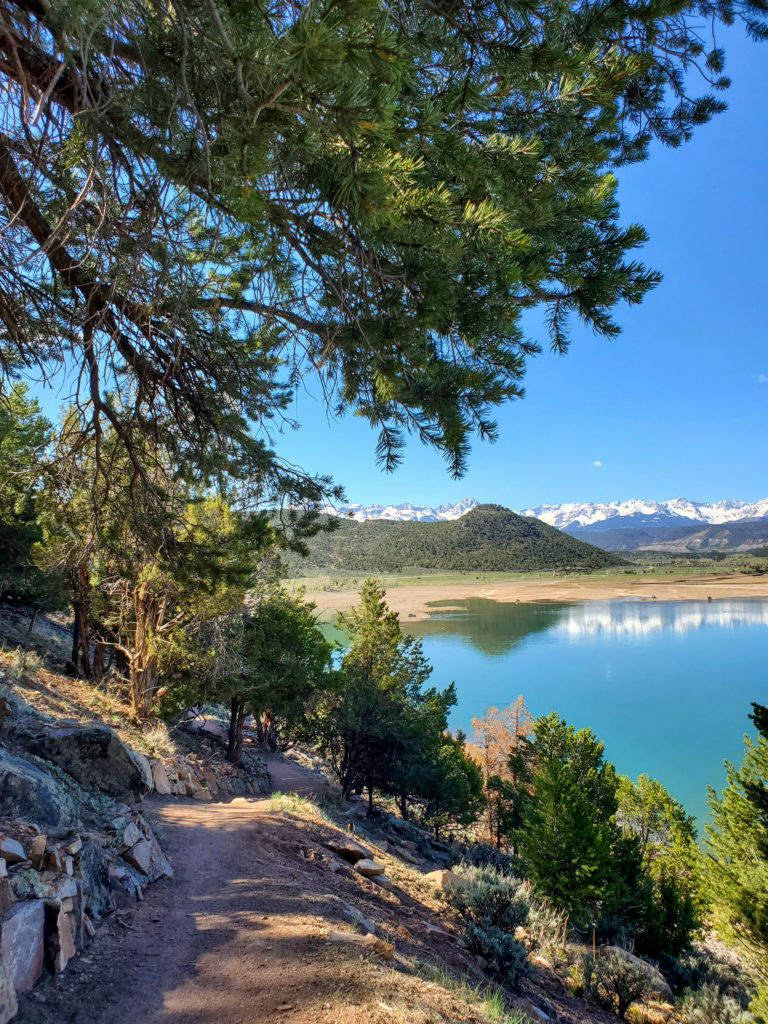
For example, if you’re staying in Bend, Oregon, you might want to stay a week or longer. This time might be spent exploring the area more thoroughly before driving to your next destination. You can read more about slow travel here.
With slow travel, you can be more relaxed with planning. While you might have ideas of what you want to do at your first location, there’s no set itinerary, and you might not have your next destination planned yet.
Slow travel is more about embracing the community and acting like you’re a local for the time that you’re there. If you prefer low stress vacations and have a flexible source of income, this might be for you.
When planning a slow travel trip, the most important part is where you’ll be staying. Find your accommodations in advance to ensure availability and get the best price. If you’ll be working remotely, make sure you have internet access. From there, just explore the area!
Single Location Road Trip
With a single location road trip, you’re driving a designated number of hours to the one place you’ll be staying for the duration of your trip. While you might drive an hour from this location to see an attraction or hike a trail, you’ll be headed back to the same campsite or hotel every night.
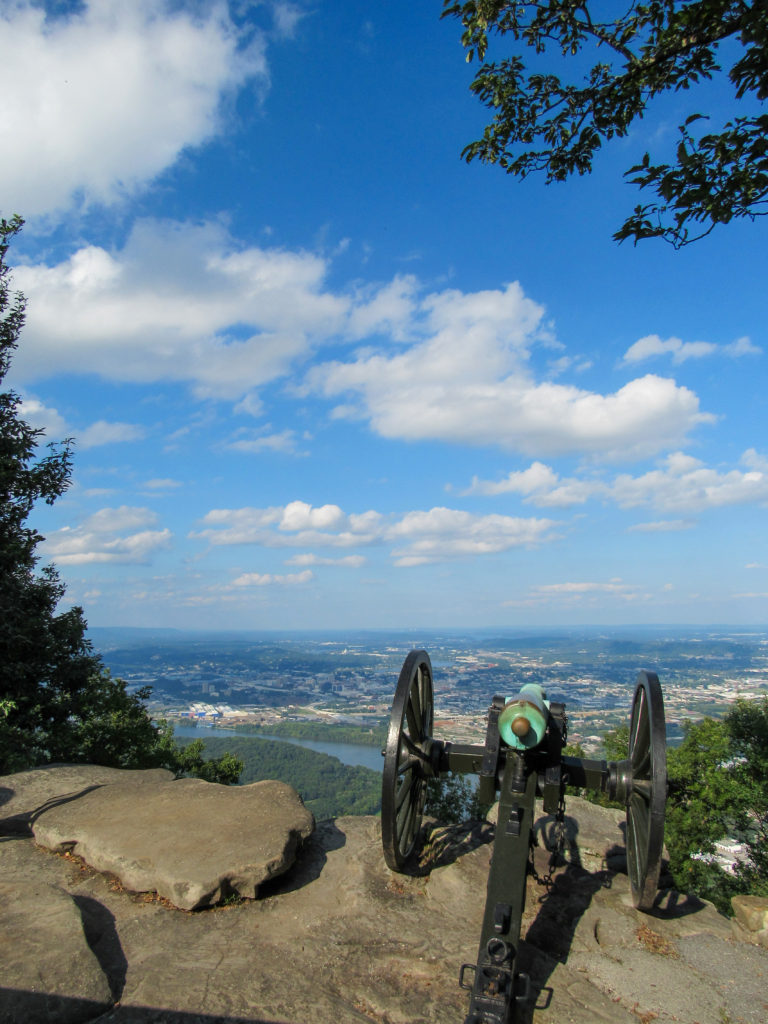
When choosing your home base for a single location road trip, you want to make sure it’s centrally located and has all the amenities you’ll need for the week. If you’re opting for a campsite, make sure there’s water and electricity hook-ups and access to showers.
These kind of road trips are for people with a set amount of vacation days who like to explore an area but don’t like fast-paced travel. This type of road trip limits the driving primarily to the start and end of the trip and offers more leeway with a trip itinerary.
To maximize this form of travel, it’s still important to have an operating trip itinerary and really take advantage of all that your chosen area has to offer.
When planning this type of trip, pick a destination that’s interesting to you, book a place to stay that’s within your budget, and then research what’s available in that general area. Decide how far from your accommodations you’re willing to drive and eliminate any places that are too far. Pick places that are close to one another and plan to do them on the same day.
Multiple Location Road Trip
Multiple location road trips are for people who like a more fast-paced trip that allows them to pack more destinations into their limited vacation days and are willing to not explore everything an area has to offer.
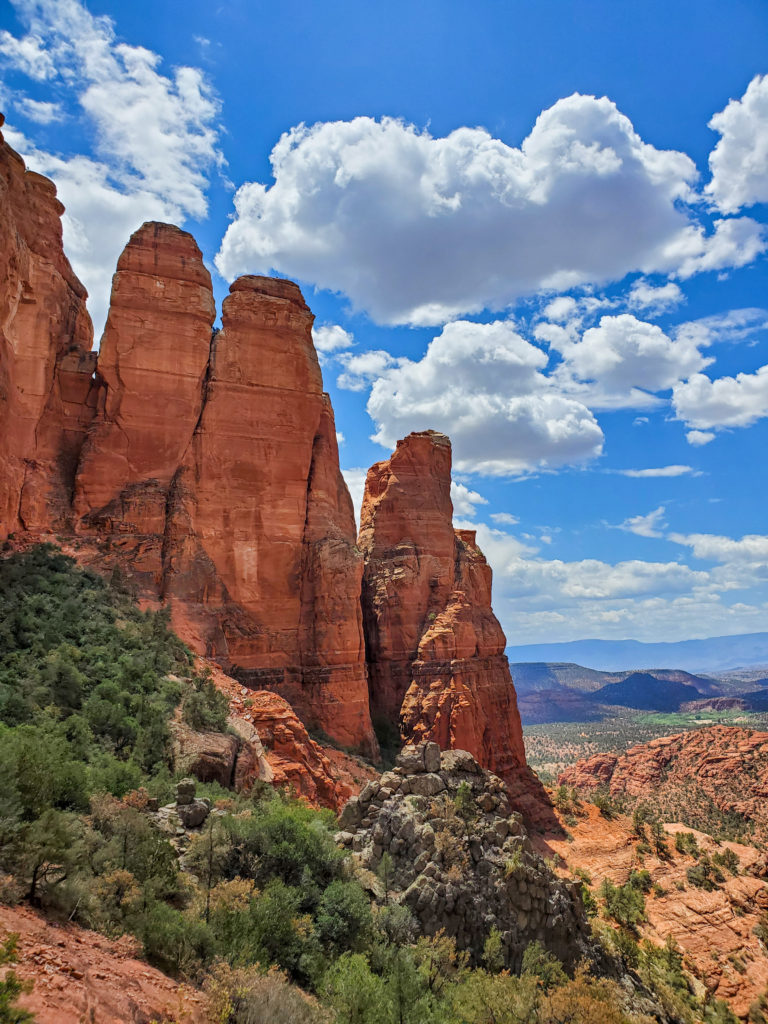
On this type of road trip, you’ll plan to stay at multiple locations. This could be hotels, campsites, or a mix of the two. Personally, I’d recommend a hotel or Airbnb stay after any long travel days and one mid-trip on longer road trips. This reduces the stress of getting in late and setting up camp, allows for shower access, prevents burnout.
When planning this kind of road trip, I find it easiest to pin all of the places I want to go before choosing accommodations. Whether you research a state or two and add places of interest to a list or know the places you want to go, mark them all on a map. I use Google Maps Lists for this.
After determining all the places you want to go or hikes you want to do, find central locations between each of them to book accommodations. This part is tricky and requires calculating drive time between locations. Make sure to consider how early you need to be places and factor in tear-down time if you’re camping.
From there, you can piece together where you’ll be staying each night and make an itinerary for each day of the trip.
What You Need to Consider When Planning for a Road Trip
This is everything to consider when planning for a road trip. There is not a certain order to determining each of these factors and some of them are dependent on other things. For example, your destination is limited by your budget.
Destination and Timeframe
The first step of planning any trip is figuring out where you want to go. Chances are you already have somewhere in mind, but it’s okay if you don’t. If you’re not sure, try doing a web search of your interests and destinations and choose a place that works for you.
Then you’ll need to decide on a timeframe. Your timeframe will also determine the type of road trip listed above that you can choose from. Work vacation days, scheduling, your budget, and how many days it takes to explore a location all factor into this decision.
You’ll also want to consider the time of year. Make sure you think about temperatures for your chosen destination and what activities you’d like to do. Shoulder season, or the off-season on either side of tourist season, can be a great time to avoid crowds and get better deals, but you may sacrifice peak conditions.
Finding Nearby Adventures
When planning which hikes or attractions to see on a trip, you can use Google, Pinterest, and social media to find out what’s in the area and decide what you would most like to do.
Who’s Coming?
Maybe it’s a family trip or you already have a group of friends in mind, but unless you’re going the solo travel route, you need to figure out who is going. This means coordinating schedules, making sure everyone gets the time off, and finding somewhere that everyone wants to go.
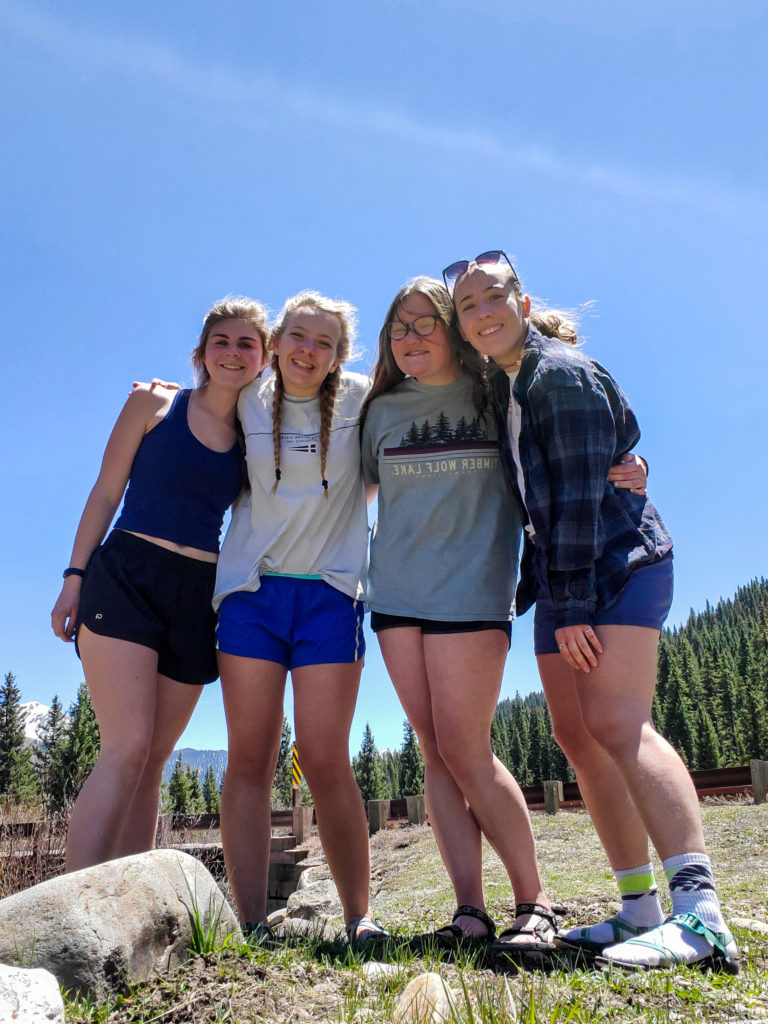
It’s also important to note that long road trips aren’t easy. Don’t invite along someone you can’t stand to be in the same car with for hours. Depending on the trip length, patience can wear thin, so make sure that any friendships can withstand this strain. And on family trips, an abundance of patience is key.
Budget
Figure out how much you can spend on the trip. This will determine where you can go and what kind of accommodations you can consider. This is different for everyone, so don’t compare your budget for a trip to others.
Accommodations
Whether you opt to camp or stay at a hotel/Airbnb or both, make sure this choice is appropriate to the destination and aligns with your budget. If you don’t like to camp and want to be able to cook your own meals, an Airbnb is the best way to go.
Transportation
Unless you plan to fly in and rent a car to get to your destination, you’ll need a vehicle for any road trip. Make sure that this vehicle has good gas mileage, is in good condition, and has enough room.
Poor gas mileage can take a big chunk out of your budget but is something you can deal with if you want to take your own vehicle. Storage can be alleviated with a roof-top carrier or trailer. If your vehicle is unreliable, you may want to look into renting another vehicle or taking someone else’s car from the group.
You should also make sure that you are up to date on any servicing like oil changes and tire rotations before hitting the road.
Supplies
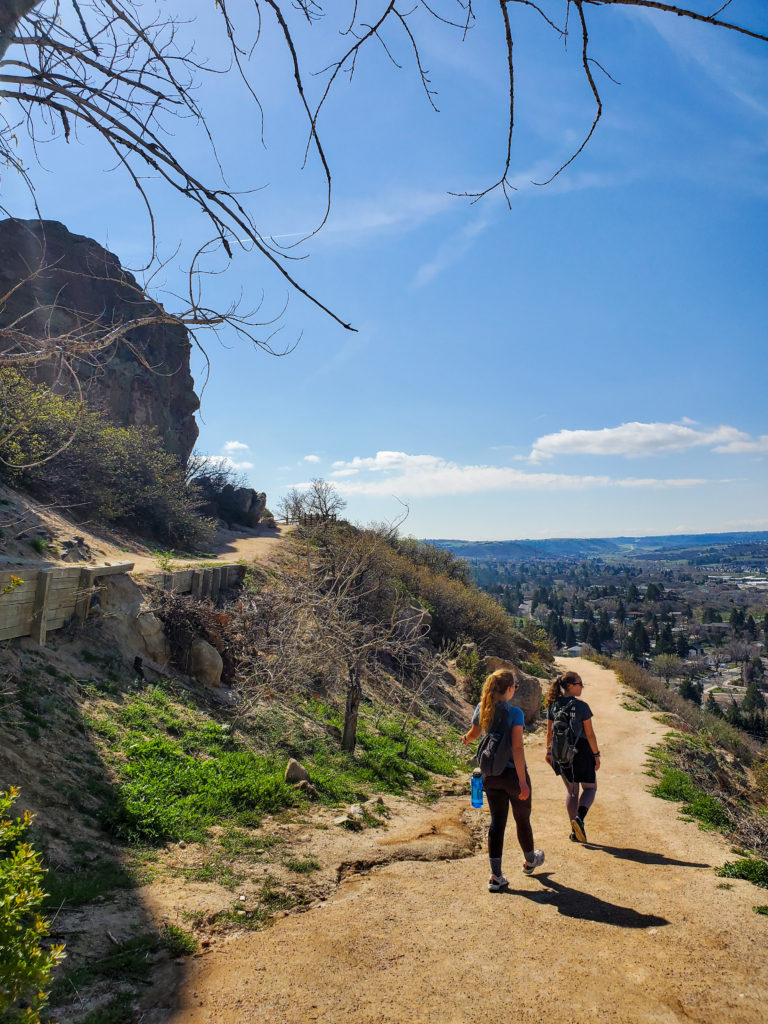
If you’re camping or doing a combination of accommodation types, you’ll need all the appropriate gear. If you’re tent camping, subscribe to my newsletter for a free camping checklist here. This also applies to any activities like hiking, climbing, water sports, etc. Plan for the number of days that you’ll be gone and don’t underestimate bringing entertainment items on a road trip.
Any adverse weather conditions forecasted for your destination might impact what you need to pack, but it’s best to be prepared for anything. Also take into account what you need to buy in advance and anything you need to buy when you get there.
In addition, if there’s a chance you won’t have signal, print or download maps offline to save navigation stress later.
Morale
The hardest part of morale for any road trip is the driving itself. Try to make long drives fun with movies, music, car games, and any other entertainment. Make sure you keep meals on schedule to avoid any hangry travelers and don’t skimp on sleep. Always take shifts on long drives if possible. And don’t underestimate the power of hot food to lift everyone’s spirits.
If you think about all of these factors when planning for a road trip, your trip will be set up for success! As always, it’s important to remember that you can do everything right and a trip can still not go to plan. Make the best of it and embrace the adventure!
Liked this post? Pin it for later!
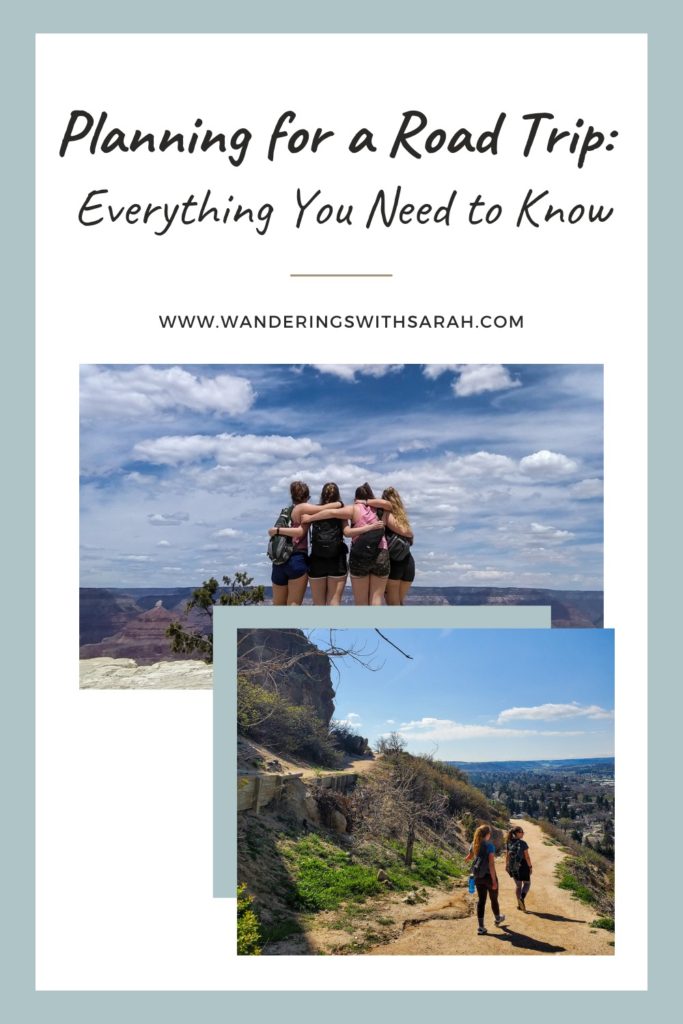
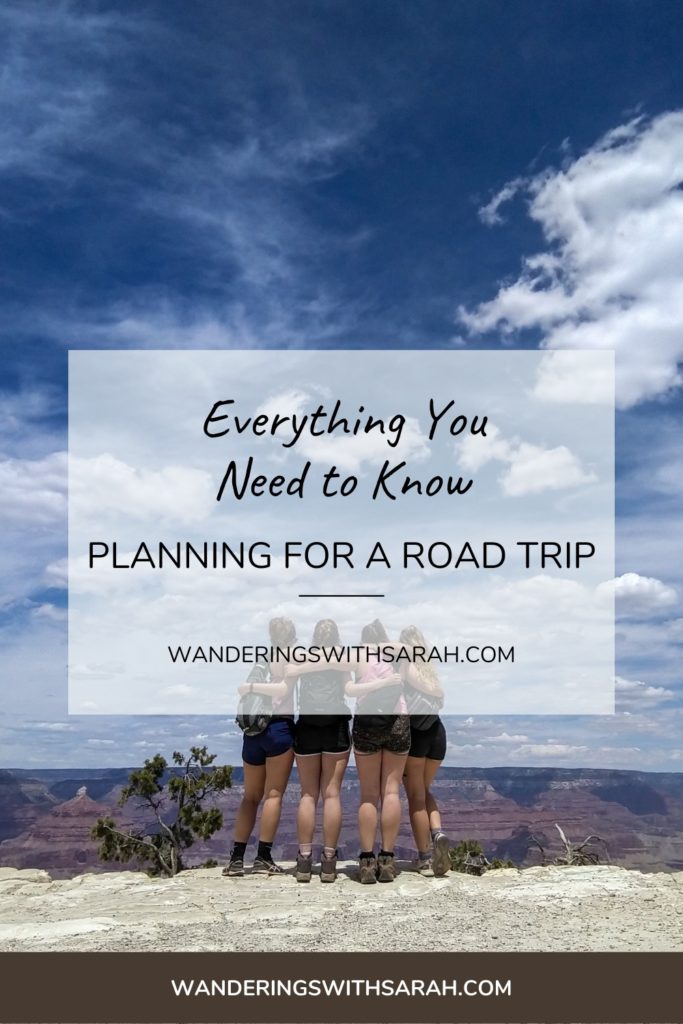

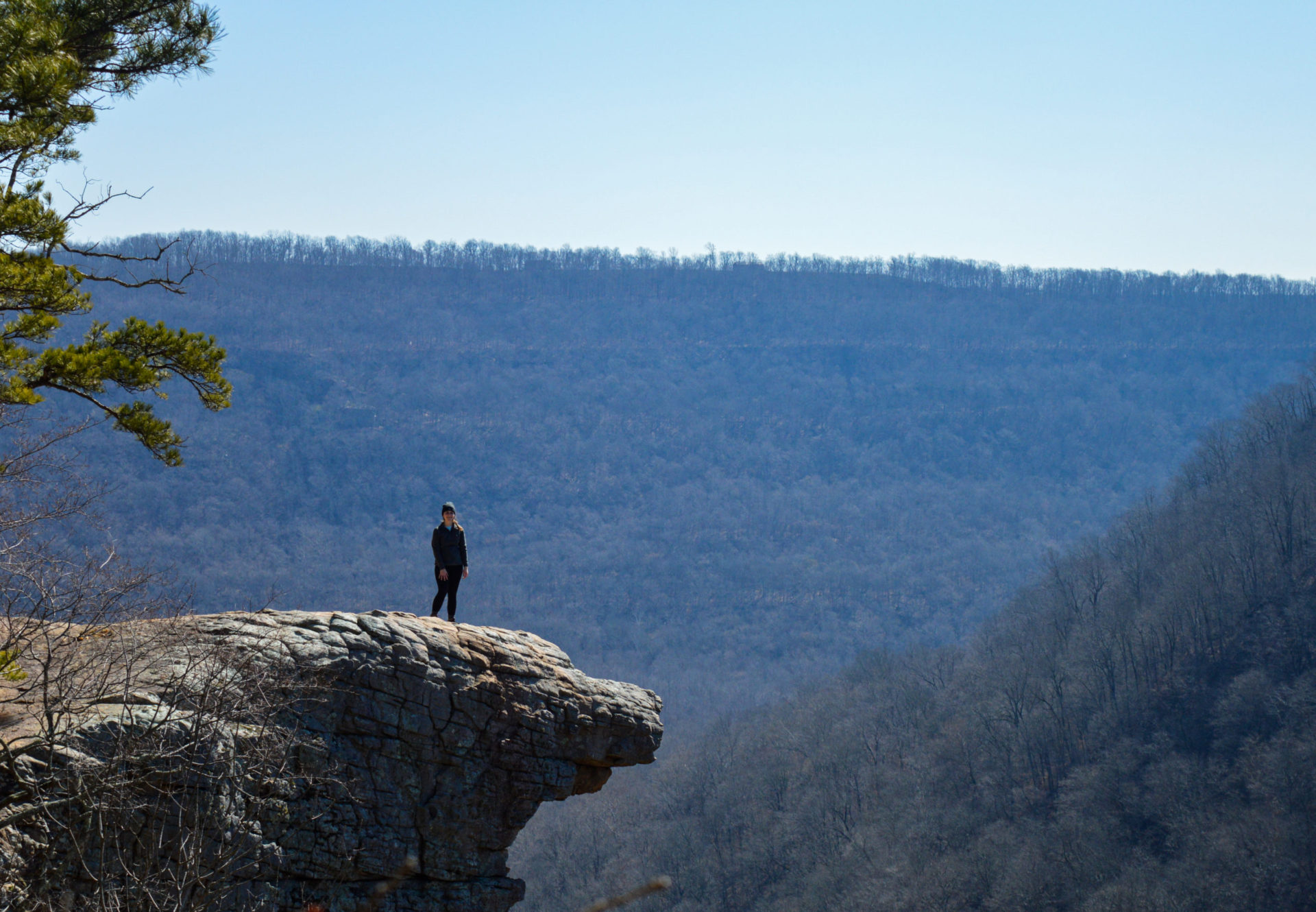
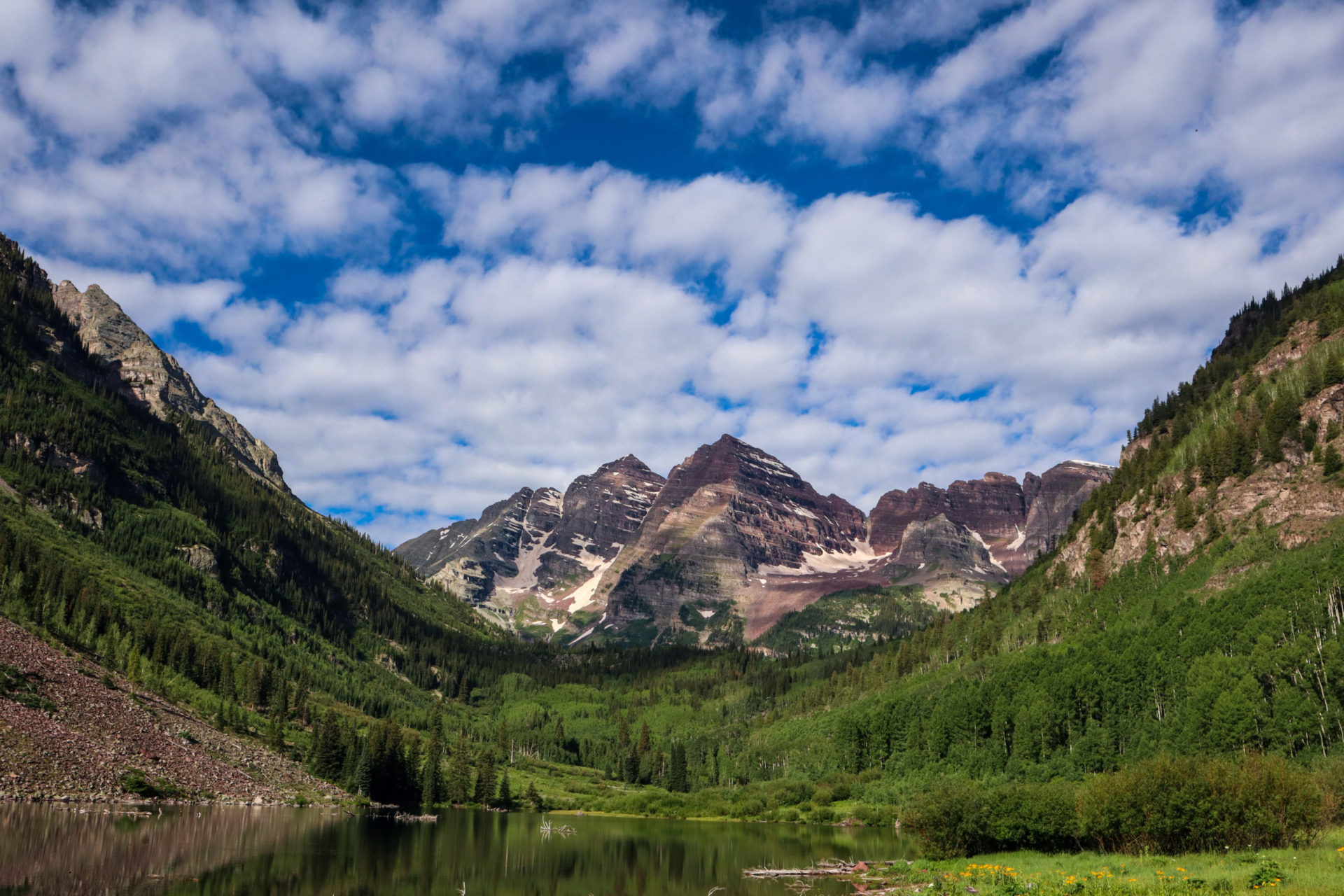
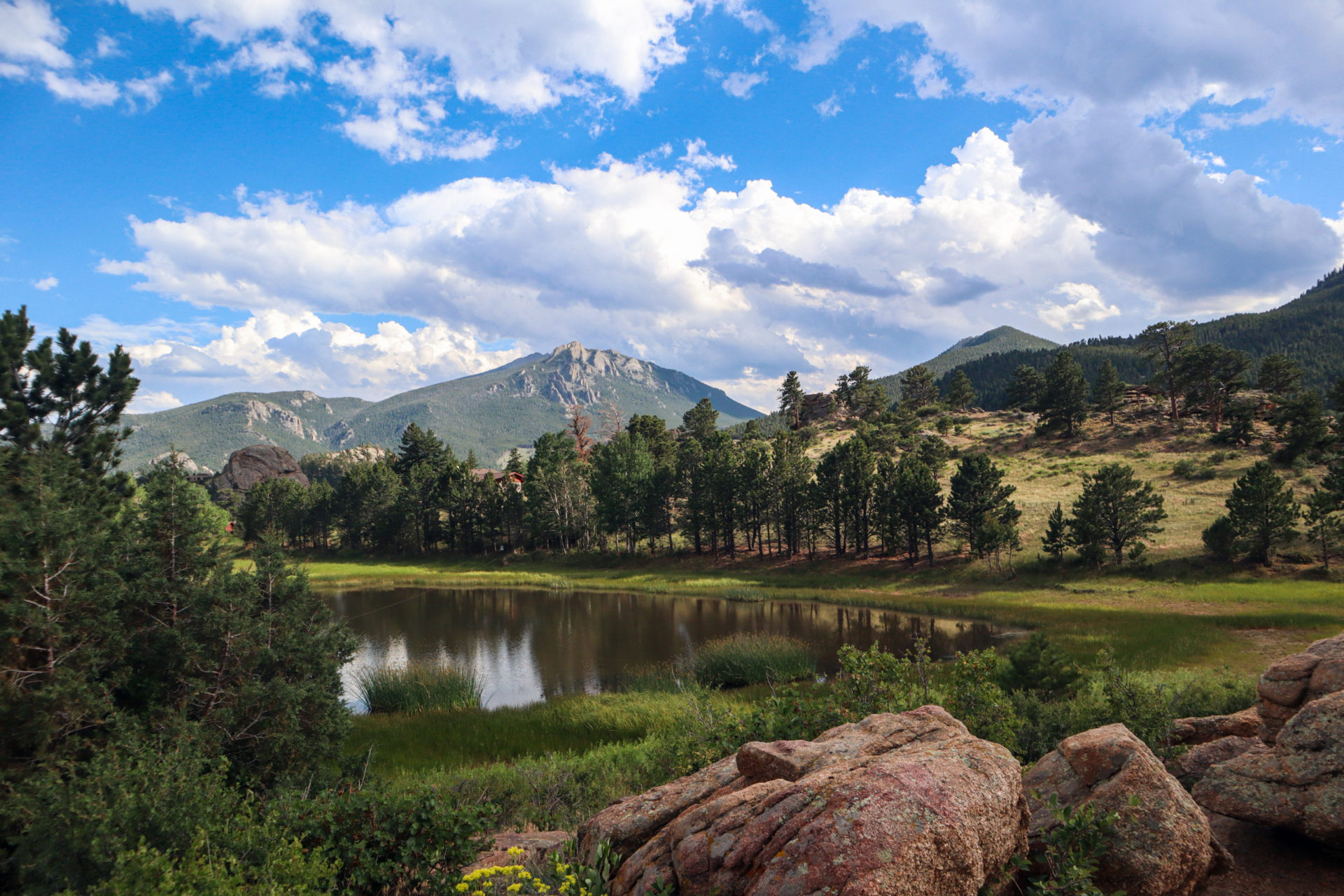
[…] You can find all of my advice for planning your road trip to Shenandoah National Park in this blog post here. […]